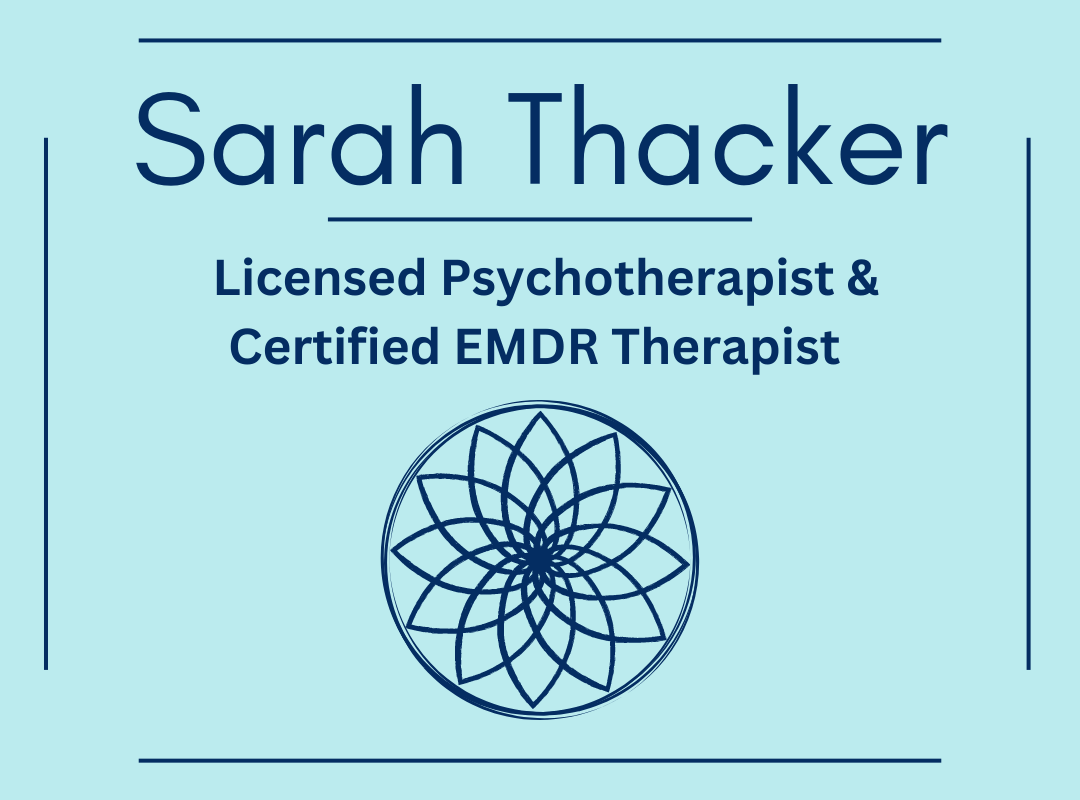When working alongside women who struggle with emotional eating, I am able to witness their renewed commitment to themselves as they create a healthy mindset. They work hard for months and months to change old, self-defeating behaviors with new, self-care focused behaviors. They challenge themselves to shift their perspective around food and emotions in order to develop a deeper connection to themselves through awareness. This is tremendously powerful work! After all of this positive and healthy change, there is a lingering challenge that seems to plague most women (and most likely men). This lingering challenge is how they feel about their body---it is never good enough.
Why is it that we struggle to be content with our bodies? Why can’t we appreciate all of the amazing things our bodies can do? As women, we spend time complaining about our various body parts and feel that some distorted perception of “perfection” would somehow create happiness. Thoughts such as, if I had this-- or-- if I didn't have that, then I could be happy with my body-- seem to plague our minds. There are all of these conditions we place on our ability to be satisfied with our bodies. However, this is simply not true!
Happiness originates from aligning with what is true right NOW. Happiness is not a place to get to later, not before when things may have been different, but an experience of accepting what you have right NOW. Being body positive means being grateful for and content with your body as it is right NOW.
So how do we work to heal this long-standing negative perception of our bodies? How do we shift from disdain and disgust to appreciation, acceptance and gratitude for the body we have right NOW? With practice! So, what do we practice? We practice appreciation, acceptance and gratitude for our bodies in the here and the NOW.
So, you may be wondering what exactly is a mantra and what does it have to do with healing a negative body image? The word mantra means instrument of the mind. A mantra is a powerful tool used to center yourself in order to create a single pointed focus of the mind. When you first begin the practice of using a body positive mantra, your mind will try to argue with the mantra, to disregard it. Your mind will say things like, that’s wrong-- or-- that’s a lie. Your mind will inevitably wander to other random thoughts. This is why we have to practice!
When your mind wanders, try not to get caught into the story and roller coaster of your thoughts. Judging thoughts will be there and are a result of mental conditioning that has been created over the many years you have been struggling with a negative body image. All of the negative stories you have been telling yourself, negative stories you have been hearing from media influences and other people have become deeply engrained.
Remind yourself that this is a challenging process to shift from a negative body image to a more grounded, grateful and positive body image. It will become more comfortable with time and consistent practice. Again, each time your mind wanders, return your focus to your mantra. So, if your mind wanders 100 times, return to your mantra 101 times!
Try this challenge: for the next month, use one or more of the following body positive, self-love mantras. Spend 5 minutes repeating the mantra silently within your mind. After 5 minutes, spend 5-10 minutes journaling to reflect on your experience and how you feel. This time for reflection and journaling is a helpful because with practice, you will begin to notice a positive shift internally. Mantras are a powerful source of transformation that will be evident and reflected back to you through your reflective journaling process. So now, here they are!
5 Body Positive Mantras
1. In this moment, I accept my body unconditionally.
2. I am grateful for my body and all that it can do.
3. I am just right, just as I am.
4. I am beautiful, inside and out.
5. I love myself, wholly and completely.
When you embark on this body positive, self-love mantra adventure, you will begin to heal your relationship with your body and in turn with yourself. You will grow in your self-confidence and find a deeper level of appreciation, acceptance, and gratitude for your body as well as for yourself. Most importantly, you will feel this growth from within, the only place that really matters.
One of the best ways to maintain your focus is to reach out and encourage others to practice with you! Who can you inspire to heal their relationship with their body? I’d love to hear how your month-long body positive mantra adventure goes for you, so please, keep in touch!



